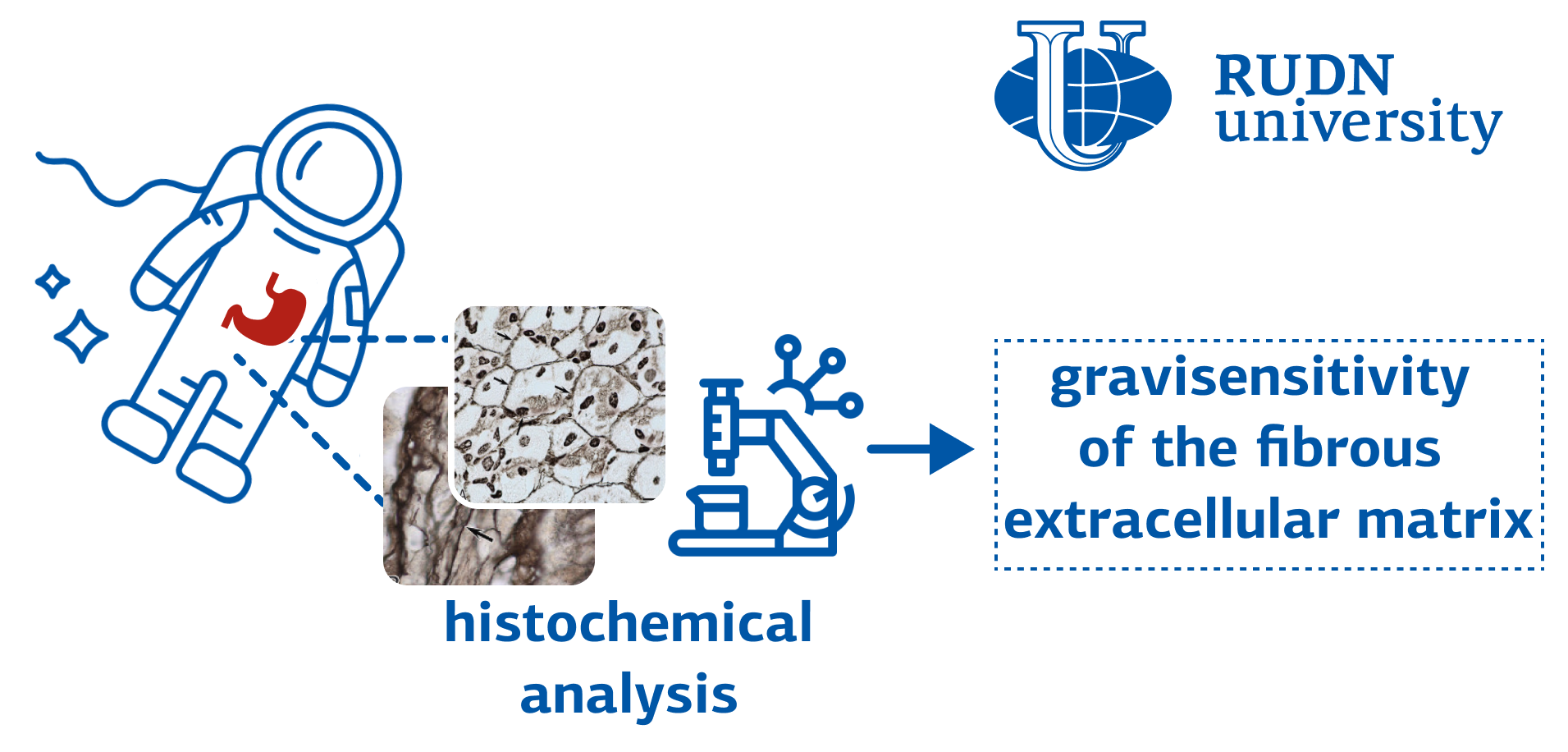RUDN University scientists have shown how the tissues of the digestive system change in weightlessness. The experiment was carried out on laboratory rodents that were in space flight for a month. The results were published in Heliyon.
Astronauts who spend a long time in orbit experience many changes in their bodies. In particular, the digestive system is sensitive to gravity or lack thereof. An important part of it is occupied by the fibrous extracellular matrix – a framework that supports organ cells and ensures the transport of substances. It forms the basis of connective tissue. For the prevention and rehabilitation of the ISS crew, it is necessary to know the features of this sensitivity, but so far there is no detailed information about this. RUDN University scientists, in a space experiment with laboratory mice, found out what happens to the connective tissue of the digestive organs under conditions of weightlessness.
“The digestive organs are very sensitive to orbital flights. This may limit the capabilities of crew members aboard the ISS. Connective tissue ensures the functioning of internal organs in conditions of weightlessness. But how well it adapts to weightlessness during a long flight is not fully known,” Dmitry Atyakshin, Doctor of Medical Sciences, Director of the Scientific and Educational Resource Center for Innovative Technologies of Immunophenotyping, Digital Spatial Profiling and Ultrastructural Analysis of the RUDN University said.
RUDN University scientists and colleagues from the Research Institute of Experimental Biology and Medicine, Burdenko Voronezh State Medical University, the Institute for Hemopathology (Germany), and the Federal Research Center for Nutrition, Biotechnology and Food Safety conducted a study using laboratory mice of the inbred line C57BL/6 N. Animals were sent into space flight in 2013 on the Bion-M No. 1, which was designed specifically for research in space biology and related fields. The capsule with the animals stayed in orbit for 30 days. RUDN University scientists conducted histochemical and immunomorphological analyses of collagen fibers in the structures of the stomach and intestines of mice. To create a control group, some of the mice were placed for 30 days in the same capsule that was on the Bion-M device, but these rodents remained on Earth.
A 30-day stay in zero gravity led to a decrease in the fibrous extracellular matrix in the studied organs. The exception was the lamina propria mucosae, a layer of the gastric mucosa under the epithelium. In mice from the space group, fibrillogenesis, the formation of collagen fibers in connective tissue from thin protein filaments, decreased. In mice that spent 30 days in a replica capsule simulating space flight conditions on Earth, no significant changes in the fibrous component of the connective tissue in the stomach and intestines were found.
“Our results indicate the sensitivity of the fibrous extracellular matrix of the connective tissue of organs to gravity. This fact speaks to the need to improve preventive measures aimed at the activity of the gastrointestinal tract for astronauts during orbital flight,” Dmitry Atyakshin, Doctor of Medical Sciences, Director of the Scientific and Educational Resource Center for Innovative Technologies of Immunophenotyping, Digital Spatial Profiling and Ultrastructural Analysis of the RUDN University said.


